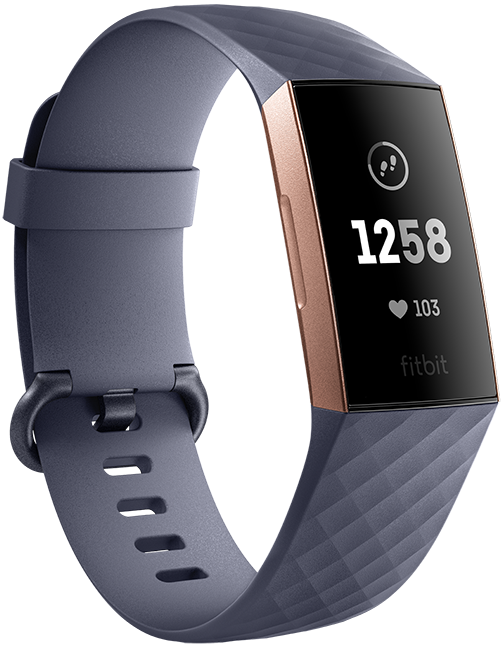If you don't need GPS, the Fitbit Charge 3 is still the best fitness tracker for the money
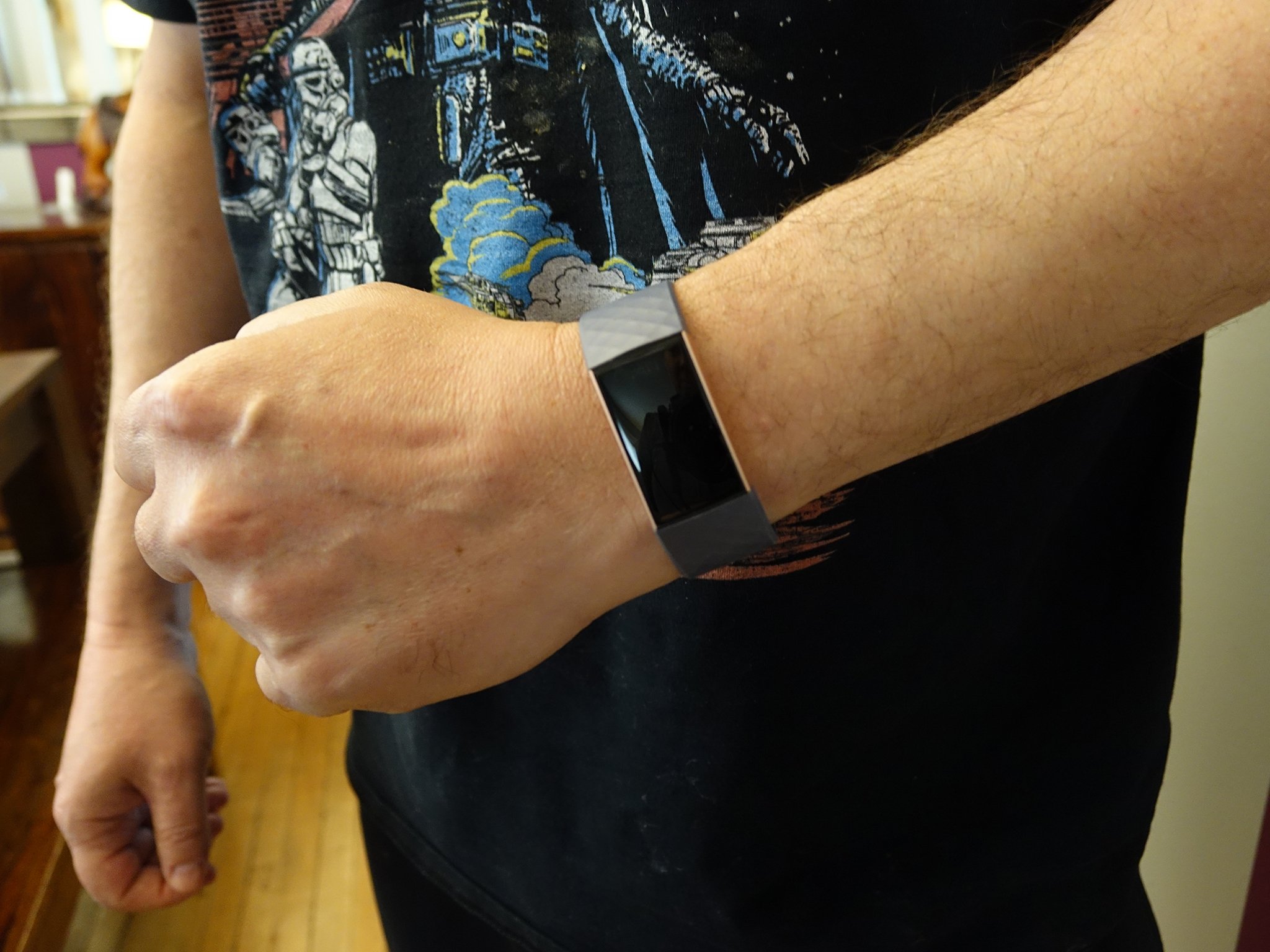
Way back in 2018, Fitbit introduced its Charge 3 fitness tracker, a sleek and simple fitness tracker that monitors everything from activity to 24/7 heart rate, sleep, and exercises. This year, Fitbit followed up with the newest iteration called the Fitbit Charge 4 that adds a host of new features, namely built-in GPS.
But if you don't really need GPS, or you're okay bringing your smartphone along with you in order to track pace and distance, the Charge 3 is still a pretty viable choice to consider. There are a lot of features the two fitness trackers share.
Here's a look at what makes the Charge 4 different and why the Charge 3 might suit just fine, depending on which features and functions are a priority for you.
Why Fitbit released the Charge 4
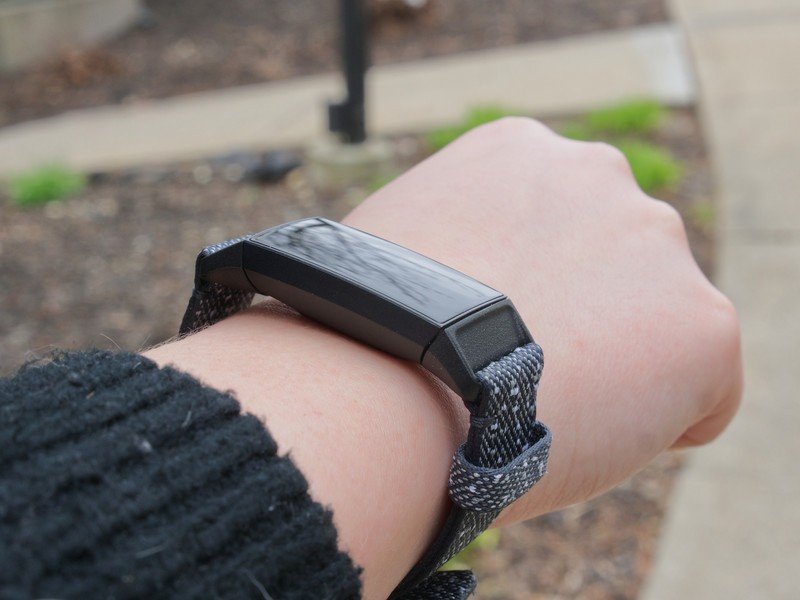
There are three major upgrades with the Charge 4 compared to the Charge 3. The first is the built-in GPS. With this feature, you can leave your phone at home while you go for a run or morning walk and still track your route with real-time pace and distance details. It comes with seven GPS-enabled exercise modes for activities like hiking, running, or walking. Sync your device once you're done to get a GPS-powered heat map in the Fitbit app and view your workout intensity and how it relates to different terrain along your route.
The second is the addition of a new feature called Active Zone Minutes, which takes into account your resting heart rate and age to track workouts that will help you reach your target heart rate zones and achieve weekly goals. For every minute of moderate activity in a fat burn zone, you get a credit, and double that for every minute in vigorous activity in cardio and peak zones. The idea behind Active Zone Minutes, which are based on recommendations from leading health organizations like the World Health Organization (WHO) and the American Heart Association (AHA), is to help you quickly get a feel for what you need to do to reach daily and weekly goals.
Real-time alerts via a subtle buzz on the wrist advise when you enter a new zone so you can push harder or scale back accordingly. It also provides a detailed summary of heart rate zones in the app after a workout, along with how far along you are towards reaching your goal. But guess what? Active Zone Minutes will actually roll out to all Fitbit smartwatches soon, so you will eventually be able to get it on the Charge 3, too.
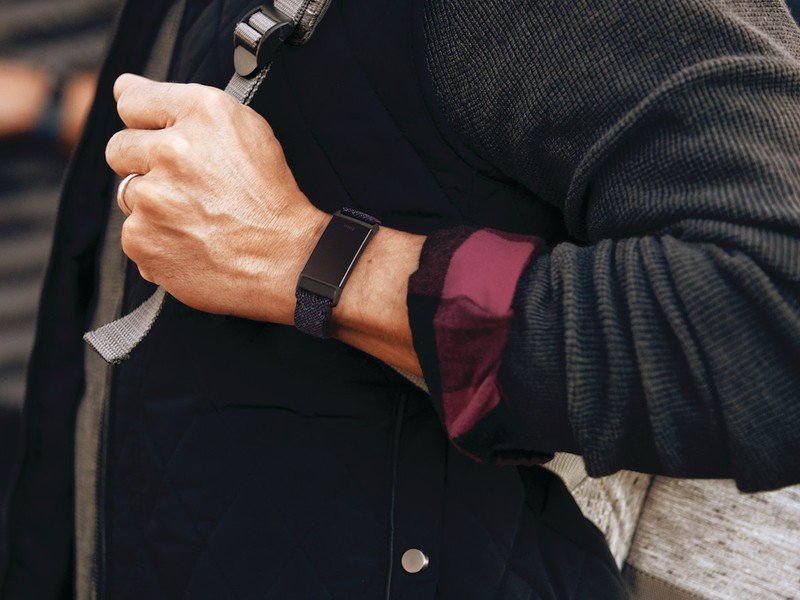
And the third major upgrade is that the Charge 4 is the first Fitbit tracker to come with Spotify, allowing you to access and control music from the popular streaming service right from your wrist. You can play tunes, shuffle and skip songs, and even like songs so they are earmarked for repeat play.
Get the latest news from Android Central, your trusted companion in the world of Android
There are a few other features worth noting. Fitbit Pay is standard on the Charge 4; while it's available for the Charge 3 as well, that's only with the upgraded SE edition, which is about $20 more. And the Charge 4 has a Sleep Mode you can activate to mute notifications and prevent the screen from coming on at night and disturbing your slumber.
Why the Charge 3 is still such a good deal

There are a ton of features that both the Charge 3 and Charge 4 have, like a workout intensity map, Heart Rate Zones to personalize fate burn, cardio, and peak heart rate zones to optimize workouts. You can also get a cardio fitness score in the app, detailed sleep tracking, including your Sleep Score, and 24/7 heart rate tracking, including your resting heart rate. Both employ a swimproof design and are designed for all-day wear.
They both have the same greyscale touchscreen, customizable clock faces, and a diverse selection of accessories, including different bands. They also both have female health tracking, goal-based exercises, access to the Fitbit community, guided breathing sessions, calorie burn tracking, reminders to move, and personalized reminders to stay active, hydrate, and stick to a sleep schedule. And they both offer a generous 7-day battery life.

Keep in mind that GPS tracking is still available with the Charge 3. However, you would have to connect the watch to your smartphone in order to see pace and distance, which means you have to bring your mobile device with you.
When it comes to the app portion of the equation, pretty much anything you'll get with the Charge 4, you can or will soon get with the Charge 3, too. This includes any new content that is added to the Fitbit Premium paid subscription option. Newly added content that launched at the same time as the Charge 4 include workouts from brands like barre3, Down Dog, and Physique 57, as well as different mindfulness tools and challenges.
Don't discount the Fitbit Charge 3 just yet
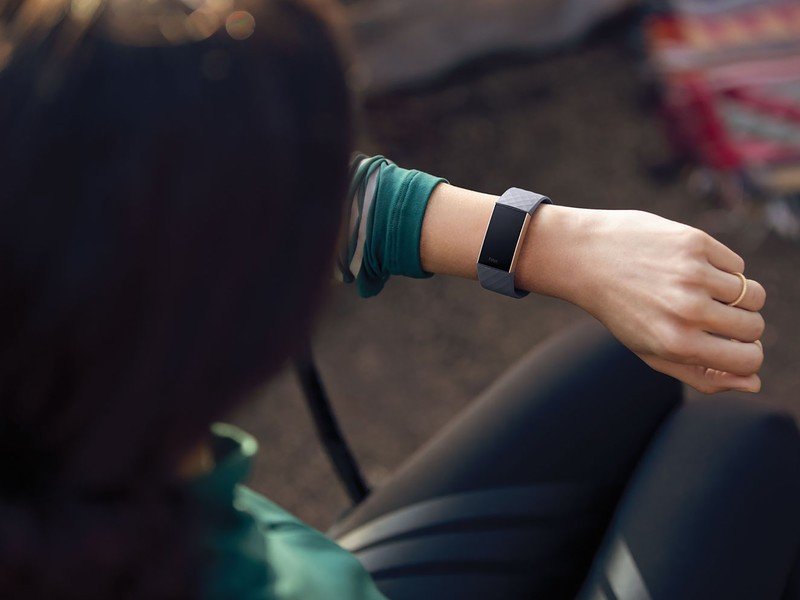
If you will use one or more of the core new features of the Fitbit Charge 4, it might be worth the upgrade for you. If you go on frequent runs, walks, or hikes where you wish you could travel light and leave your smartphone at home, the Charge 4 is a no-brainer decision. You also have the added benefit of being able to listen to your Spotify music directly from the device. And while the Active Zone Minutes is a super cool feature for anyone who works out or does different physical activities and wants help in ensuring you get the most out of your workouts as well as your everyday activities, it will be coming to the Charge 3 as well as other Fitbit devices, too. So, with a bit of patience, the Charge 3 will suit you just fine.
Given that the Fitbit Charge 3 is about $50-$70 cheaper than the Fitbit Charge 4, it's a pretty significant savings in price if you can do without the built-in GPS and Spotify. If you don't really care about either of these features, the Charge 3 does everything the Charge 4 can do. And considering how much of the data is accessed and reviewed from the app, that part is identical regardless of which device you use. And while you might have to wait a bit before you can experience Active Zone Minutes on the Charge 3, it might be a nice-to-have versus a must-have feature.
The Fitbit Charge 3 is two years old, which can be considered ancient in the technology world. But the Charge 3 is still a worthwhile investment for those looking for a fitness tracker that can track all of the essentials without paying for the added bells and whistles of the Charge 4.

Christine Persaud has been writing about tech since long before the smartphone was even a "thing." When she isn't writing, she's working on her latest fitness program, binging a new TV series, tinkering with tech gadgets she's reviewing, or spending time with family and friends. A self-professed TV nerd, lover of red wine, and passionate home cook, she's immersed in tech in every facet of her life. Follow her at @christineTechCA.
